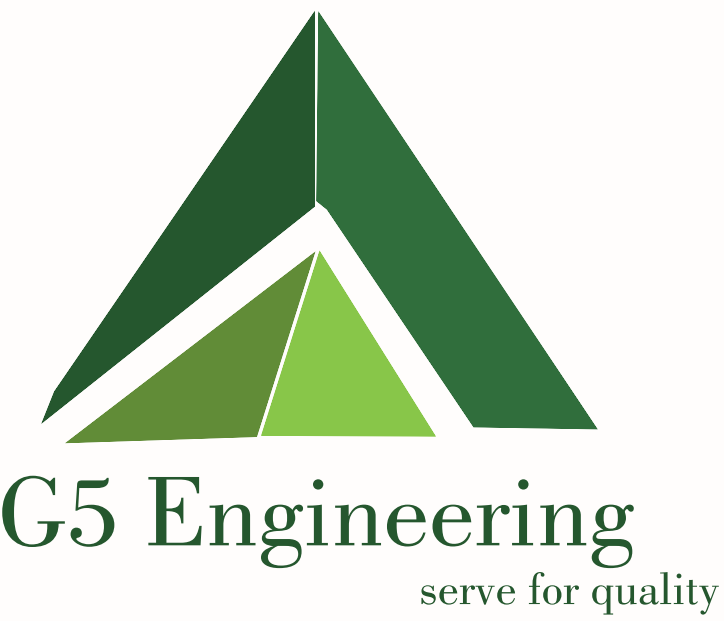Pages containing identical or quite similar content can confuse search engines. They often find it nearly impossible to display any of those pages at all. If search engines do find them, your website could be penalized. But it really depends on the extent of duplication and the context surrounding it.
Besides linking to your website, these listings will help demonstrate to search engines (and users) that your business is genuine. Develop SEO-friendly header tags, like your H1, H2s, H3s, and so on, by reviewing the top-ranking URLs for your target keyword to better understand its search intent. Some of the best rank tracking tools out there can help you identify the pages ranking well for your keyword, like Ahrefs. Then, use your header tags to target your keyword, plus help users find the information they need. Search engine optimization (SEO) is optimizing a website to improve its visibility in organic search results, like on Google.
Step #7: Optimize For Search Intent
This info will guide how you create content and help you speak in a way that connects with your audience. Avoid spammy tactics like link farms, paid links, or excessive link exchanges, as these can get you penalized. Instead, create great content, build genuine relationships, and earn links properly.
In general, the easier a link is for anyone to get, the less likely Google is to value it. Because it’s easy to mess up, BHS Links it’s important to verify your structured data using a tool specially built for the purpose. Two of our favorites are the Schema Markup Validator and Rich Results Test.
Review crawl data
It also offers a guide to fix duplicate content to make your SEO strategy successful. The Off-page Optimisation lesson elaborates on the processes to further improve your ranking on the Search Engine Results Page (SERP). These include important Link Building strategies such as high-quality content and off-site engagement. This lesson lets you dive deep into the world of keywords by introducing to you the importance of keyword research, user intent, and performing keyword research. You will also learn about the latest handy tools (and its applications), to leave your competitors behind in the digital dust. This tutorial is useful for anyone who wishes to drive more traffic towards their website.
You can usually filter out a good chunk of keywords based on keyword difficulty alone. Either way, you’ll get an idea of how hard (or easy) each keyword is to rank for. Fortunately, every major keyword research tool on the market, like Semrush, has a keyword difficulty score that takes the first page competition into account.
Step #6: Optimize For On-Page SEO
- “Your job is no longer just about writing. It’s about thinking like a producer and curator,” he says.
- This ranking system was one of the original ways Google determined its search engine results and remains an important part of SEO marketing strategy.
- If you’re new to building backlinks, it can be confusing to figure out where to start or which websites might link to yours.
- These search engines are the primary way people find products, services, and information online.
- Off-page SEO refers to optimizations that take place outside of your website.
It’s no secret that you want to use your keyword a handful of times on your page. And that will continue to bring in new organic site traffic for years to come. By giving your website SEO definition, you ensure that your digital content is easy to find and view.
